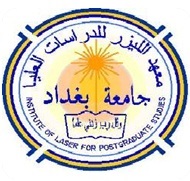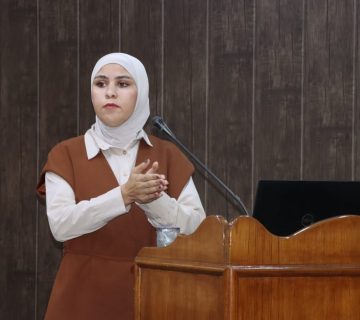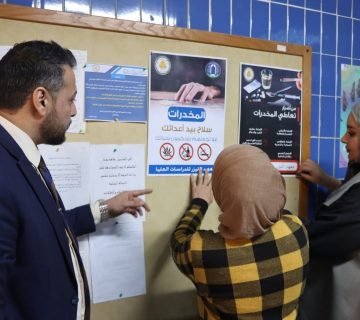At the Institute of Laser for Postgraduate Studies – University of Baghdad, a Master’s thesis was discussed by the student Noor Q. Mohammed under the supervision of Assistant Professor Dr. Zainab Fadhil Mahdi and Dr. Balsam Saadi Abdul Hamid (Consultant Oral and Maxillofacial Surgery). The thesis was titled: “Evaluation of Low-Level Laser Therapy (LLLT) and Ultrasound Therapy in Treating Temporomandibular Joint Disorders (A Comparative Study)” The study aimed to conduct a comparative clinical evaluation of three treatment protocols for patients with temporomandibular joint disorders (TMJ), which are: low-level laser therapy at wavelengths of 635 nm and 980 nm, ultrasound therapy, and dual therapy (laser + ultrasound). The study was pioneering in being the first clinical use of a 635 nm laser combined with ultrasound in this field. Three main indicators were measured during the study: pain intensity, mouth opening range, and the number of tender points in the masseter and temporalis muscles. The results showed significant improvement in all groups with statistically significant differences, where the 980 nm laser achieved the best long-term reduction in pain intensity and the greatest improvement in mouth opening range. The 635 nm laser ranked second in terms of pain reduction and improvement in mouth opening. All laser protocols, whether alone or in combination, outperformed ultrasound therapy. Based on these results, it was concluded that low-level laser therapy, particularly at a wavelength of 980 nm, is an effective and promising conservative treatment option in managing TMJ disorders, outperforming ultrasound therapy in terms of efficacy and therapeutic sustainability.











